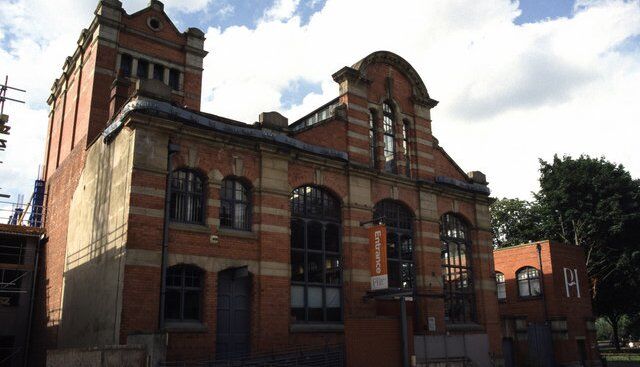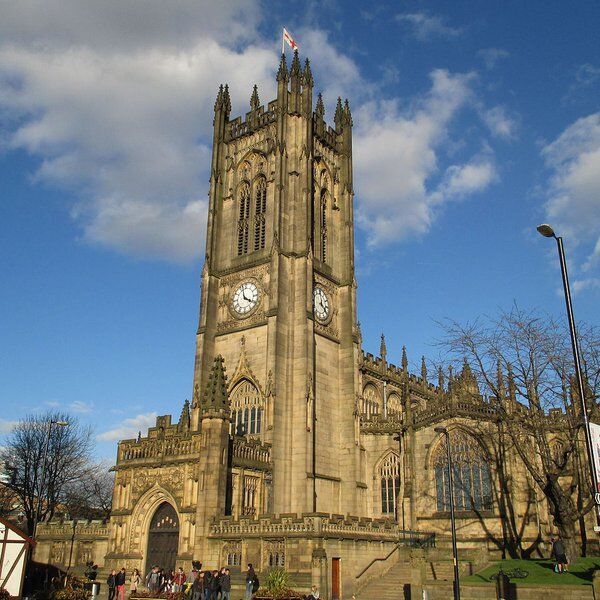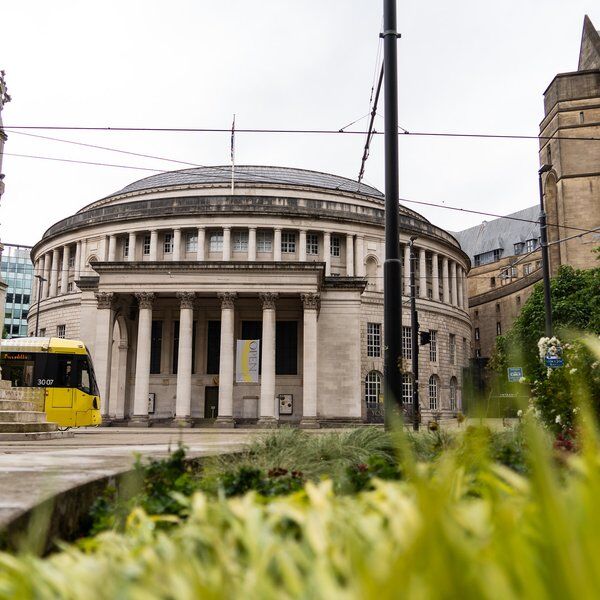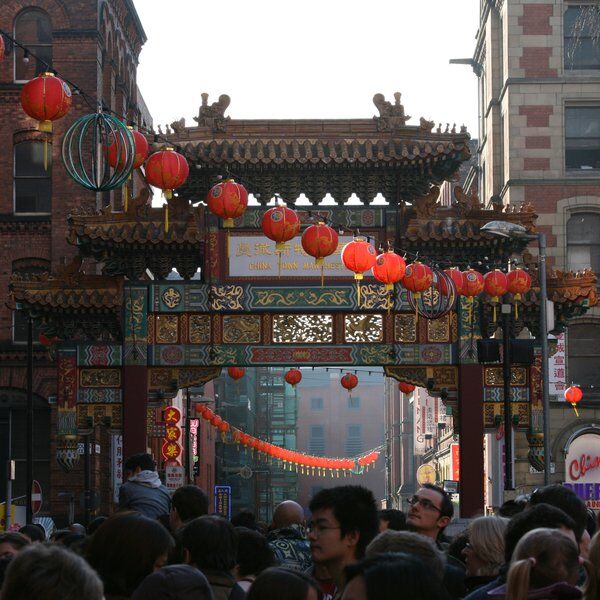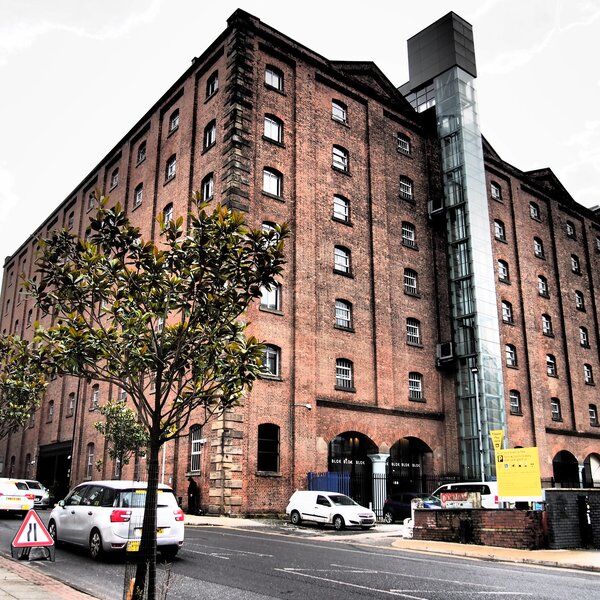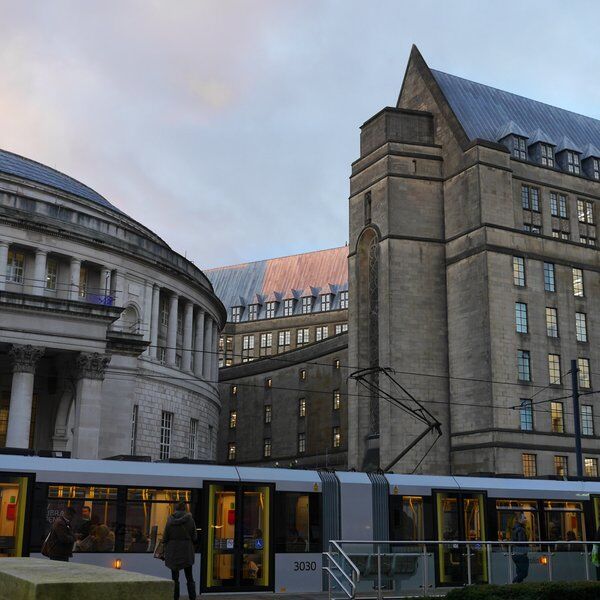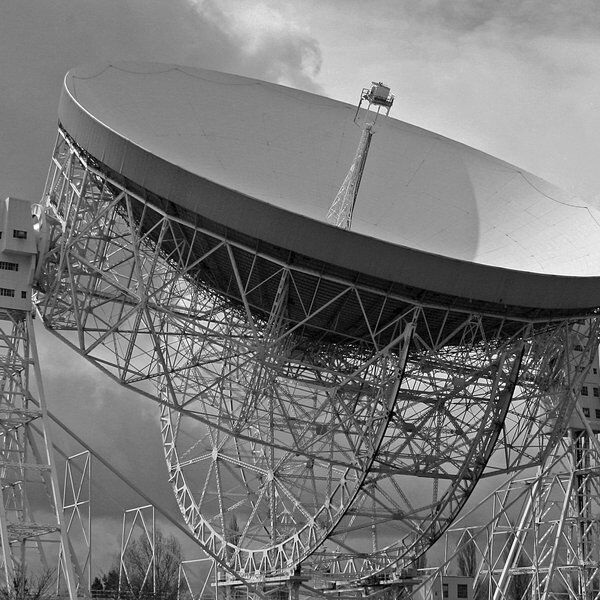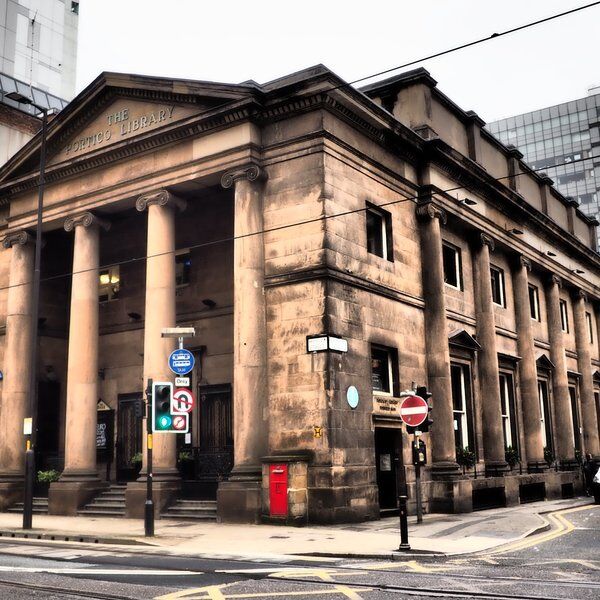
The People's History Museum
The museum examines the work, leisure and home lives of British people over the last 200 years, covering topics like the Peterloo Massacre, 19th century trade unionism, the women's suffrage movement, dockers, the cooperative movement, the 1945 election and football. Its collection features photos, physical objects and printed materials.
It was originally opened by the Trade Union, Labour and Cooperative History Society in 1975 and to begin with was housed in Limehouse Hall. It closed in 1986 and reopened in Manchester at the former Mechanics Institute in 1990. In 1994 a second collection was opened in the pump house of the former hydraulic station on Water St. The two sites were then joined with a bridge.
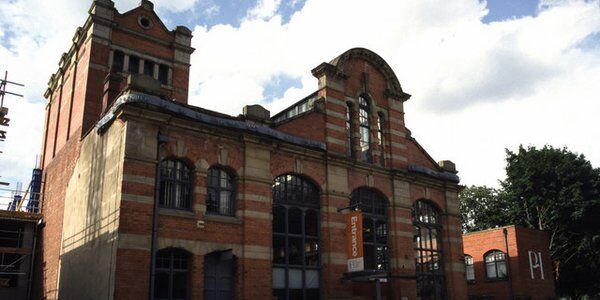
The Hydraulic Station of the People's History Museum
The Water St Hydraulic Power Station was once one of three such stations to power machines across the city via a system of high pressure pipes that stretched, at their peak, over 35 miles.
Britain's first hydraulic power network of this kind became operational in Kingston-upon-Hull in 1876. Encouraged by its success, the Manchester Corporation subsequently requested authorisation to build a system of their own. Permission was granted by Parliament in 1891 and in 1894 the first Manchester hydraulic power station was completed.
The station was on Whitworth St and used pressure created by six triple-expansion steam engines to supply power to 247 machines cross the city, via a 12 mile network of pipes. It offered a cleaner and more compact power alternative to ordinary steam engines and demand for further hydraulic power soon grew.
In 1899 a second station was built on Pott St, and then a third on Water St in 1909. This final station is the building in which today The People's History Museum is housed. It was designed by city architect Henry Price (who also designed Victoria Baths) and features baroque architecture.
By the 1930s the network of pipes had grown to 35 miles long, and the stations were providing power to about 2,400 machines. These ranged from workshop machinery, lifts, cranes and cotton presses, to the Cathedral organ, the Town Hall clock and the Opera House safety curtain.
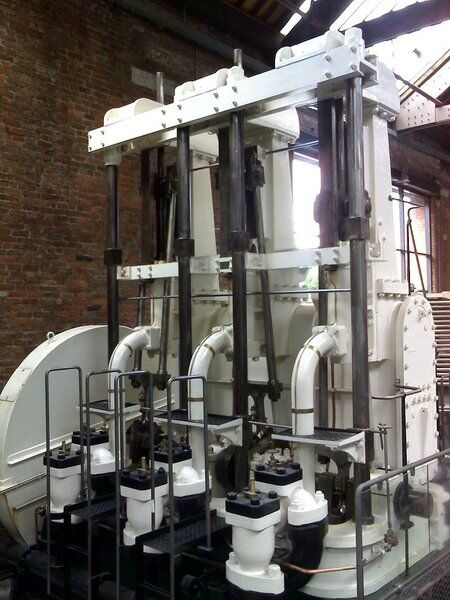
The Hydraulic Station's Journey to Becoming the People's History Museum
In the 1930s demand for hydraulic power fell as electrical power became increasingly popular. The Potts St station closed in 1939 and by 1964 the Whitworth Station too had become almost redundant. The Water St station however, despite showing signs of wearing, continued to supply power.
In 1968 the Waterworks Committee finally announced it would be closing in four years time and, sure enough, in 1972 a closing ceremony was held. It was then used as a workshop by City College before, in 1994, becoming part of the People's History Museum.
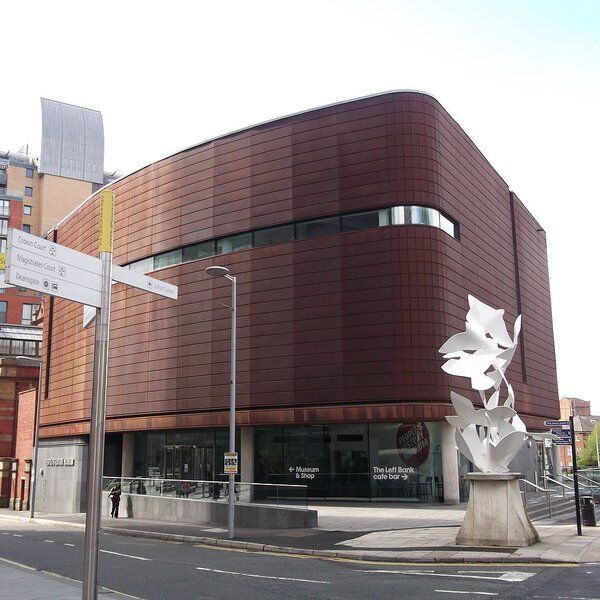
Interested in finding more places like this? Try one of our Secret City Manchester Treasure Hunts - untangle cryptic clues as a team, as you are taken on a journey to the most unique, unusual and bizarre corners of Manchester.
